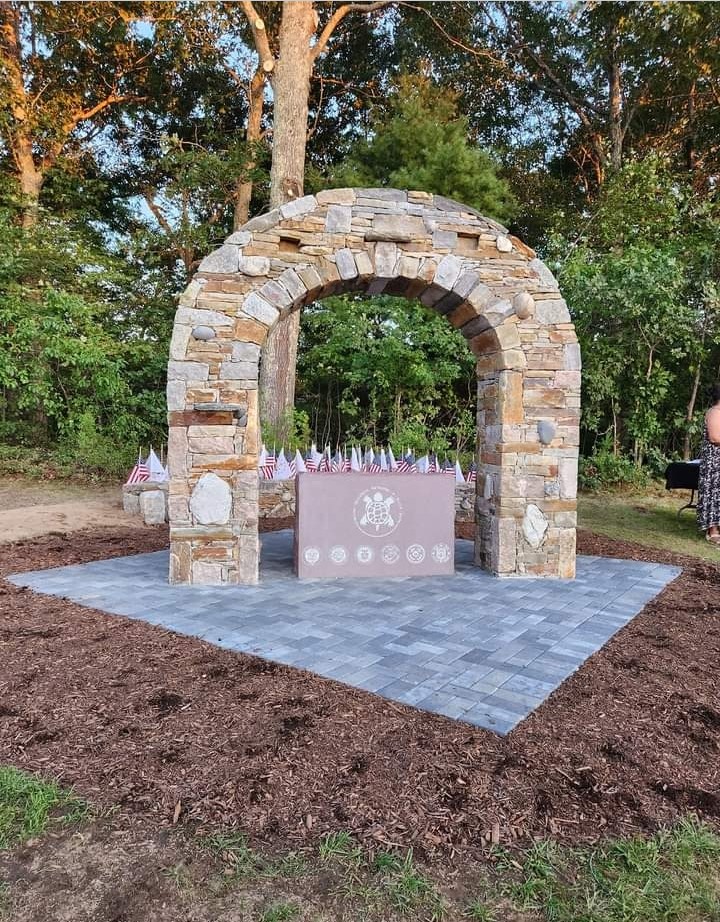Two years ago, when AFSCME recognized Charles “Snow Bear” Smith, Jr. with its Never Quit Service Award, Smith was a new cemetery specialist at the Rhode Island Veteran’s Cemetery. At the time, he noticed that the cemetery, where 40,000 of Rhode Island’s veterans are buried (including Smith’s parents), had memorials recognizing the varied backgrounds of veterans who’d served the state.
But there was no memorial for Rhode Island’s Native American veterans. Smith, a member of the Seaconke Wampanoag Tribe, wanted to change that.
More than two years later, his dream has been realized. Yesterday, Smith, along with representatives from Rhode Island’s Native American community and other state officials, took part in a ribbon cutting of Rhode Island’s first memorial to Native American veterans – a stone monument representing that state’s 12 indigenous tribes that are interred at the cemetery, with Native American symbols carved throughout it.


